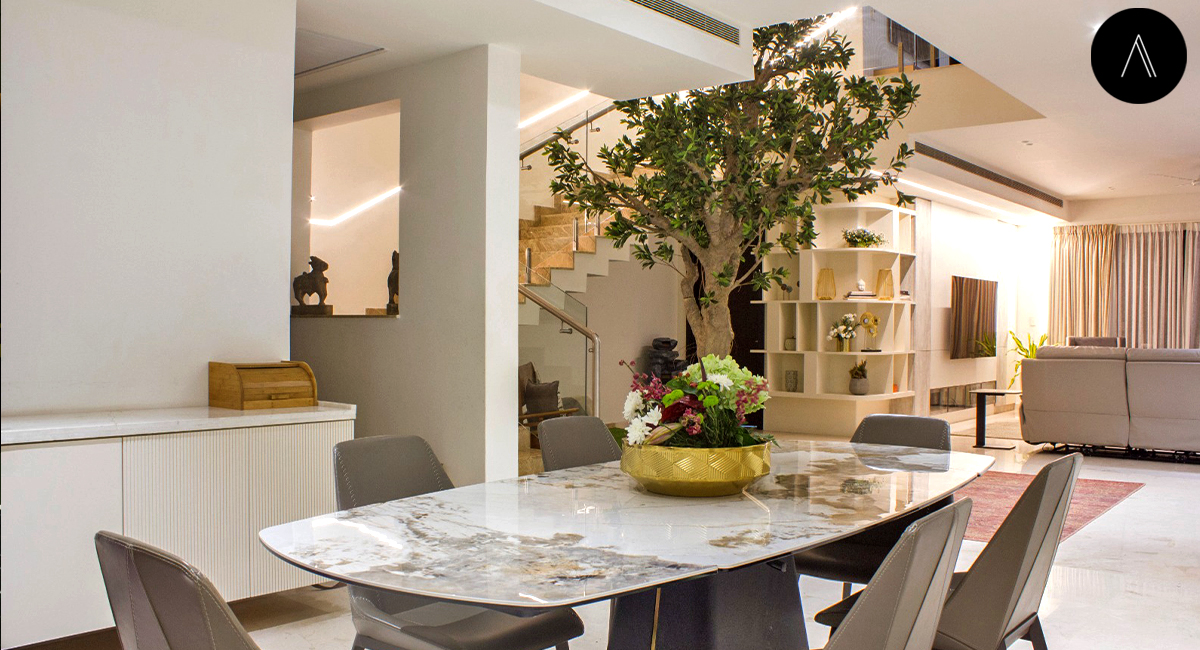Have you ever noticed how the colors in your living room or bedroom influence your mood? It's not just your imagination! Color psychology is the fascinating science of how different hues affect our perceptions and behaviors.
Colors possess inherent qualities that can trigger specific emotions. Interior design takes advantage of this by using color psychology as a key tool. It acts as a subtle influence, shaping our lifestyles through the spaces we inhabit. Different spaces require different color palettes to express their intended purpose and evoke the desired emotion.
Here at A Design Theory, we specialize in harnessing the power of color psychology to create interior designs that not only look beautiful, but also support your well-being. This blog will explore the fascinating world of color psychology and guide you on how to use color to create positive and inspiring environments in your home.
Guide through different spaces and different colors:
Interior design is more than just aesthetics; it's a carefully orchestrated symphony of elements that profoundly impact our moods and behaviors. One of the most powerful tools in this design orchestra is color psychology – the study of how colors influence our emotions and actions. Different colors have distinct personalities, and ADT leverages these personalities to create spaces that elicit specific responses.
Warm colors like red and orange are energetic and stimulating. They can inject excitement into a room, making them ideal for accent walls in living rooms or entertainment spaces. Conversely, cool colors like blue and green evoke feelings of calmness and focus. These hues are a perfect choice for bedrooms, study nooks, or office environments where concentration is key.
Imagine transforming your office into an oasis of productivity. Walls painted in serene shades of blue or calming grey can significantly improve employee focus and concentration. In contrast, bursts of sunshine yellow can energize brainstorming sessions and encourage creative thinking.
Color psychology extends beyond residential spaces. Restaurants can strategically utilize warm colors like red and yellow to stimulate the appetite and encourage patrons to order more. On the other hand, offices might incorporate their brand colors to foster a sense of cohesion and boost brand recognition. Bright hues can create a welcoming and energetic atmosphere, while subtle variations can evoke a sense of professionalism and trust.
However, the impact of color doesn't exist in isolation. It dances together with lighting to truly shape the feel of a room. Strategic lighting can highlight specific color tones, creating depth and showcasing the spaciousness or intimacy of a room.
By understanding the language of color and its interplay with lighting,A design Theory can create environments that not only meet your functional needs but also nurture your well-being.


